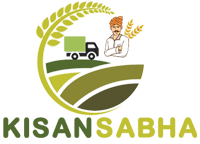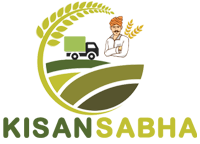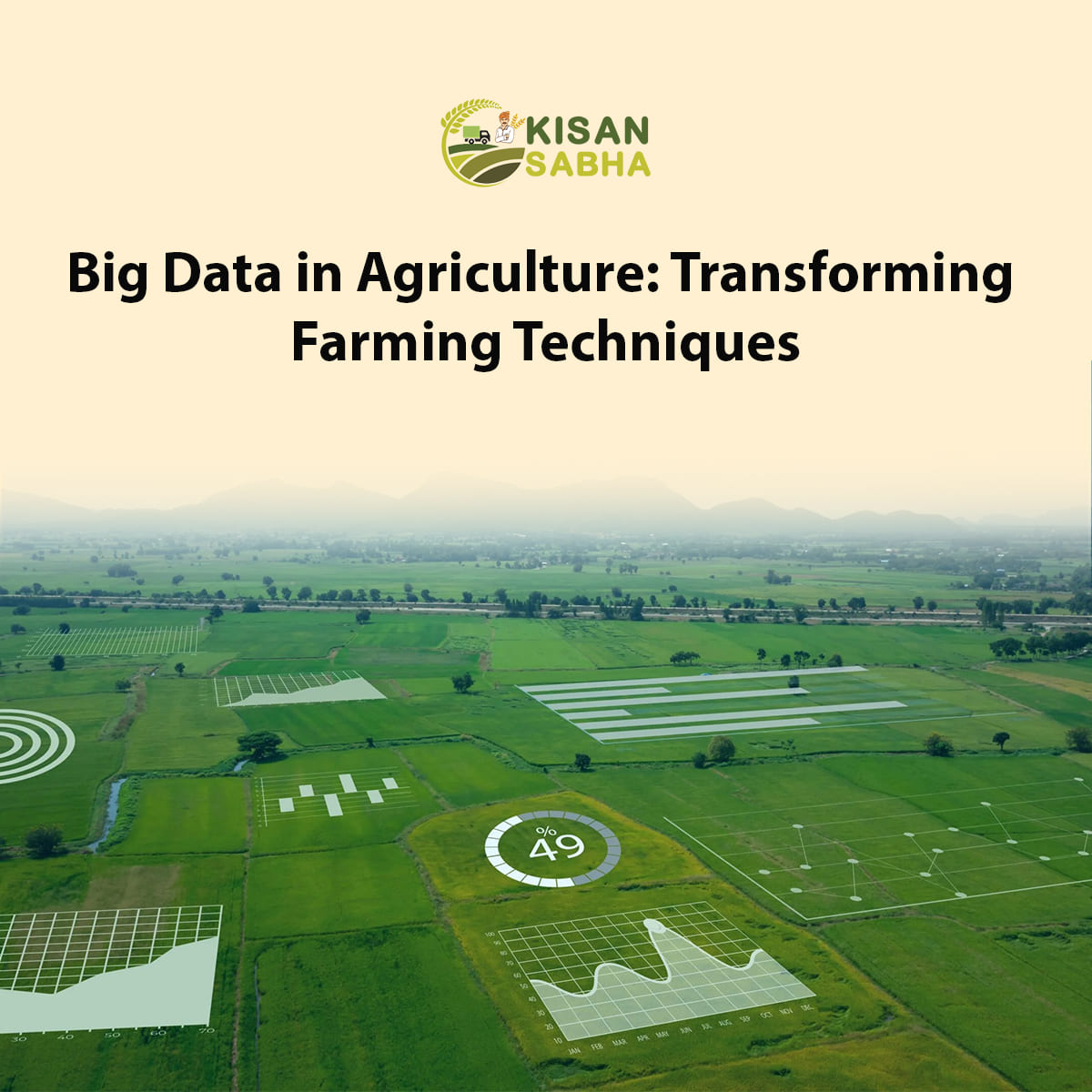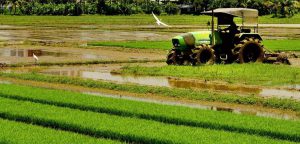Farming has been an essential part of human civilization for centuries. It has played a crucial role in providing food and sustaining life on this planet. However, with the ever-growing population and the challenges posed by climate change, traditional farming techniques are no longer enough to meet the global demand for food production.
In recent years, there has been a significant shift towards innovation and technology in the agricultural sector. And one of the most groundbreaking developments in this field is the use of big data analytics. Big data analytics is the process of collecting, organizing, and analyzing large sets of data to identify patterns and insights that can be used to make informed decisions.
The application of big data analytics in agriculture has revolutionized the way we approach farming. It has enabled farmers to gather and analyze vast amounts of information about their crops, soil, weather, and other factors that affect their farm’s productivity. This data-driven approach has not only improved the efficiency and productivity of farming but also has the potential to address some of the significant challenges faced by the agricultural sector.
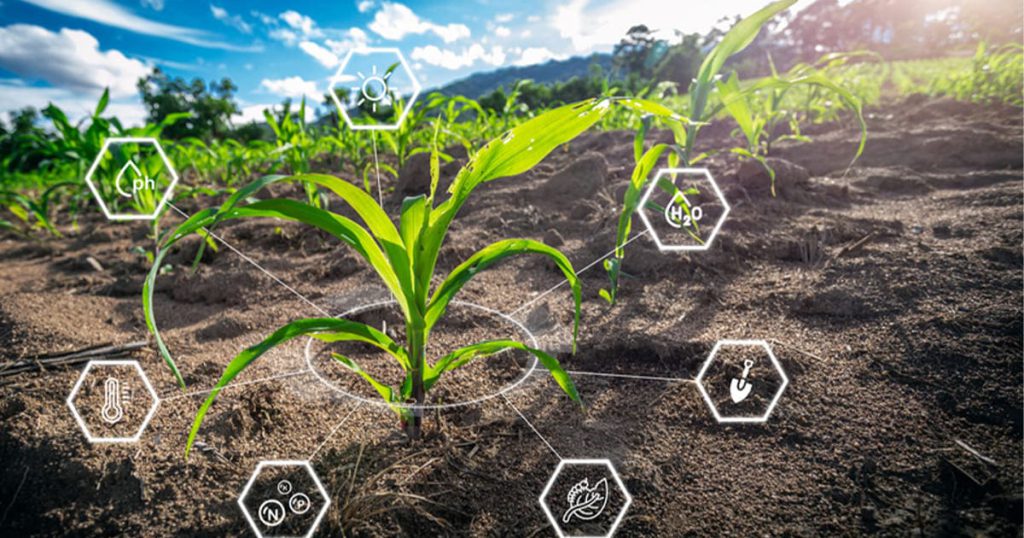
5 Key Role of Big Data Analytics in Revolutionizing Farming Techniques
Precision Agriculture
Precision agriculture is a farming technique that uses data and technology to optimize crop production and minimize waste. It involves the use of sensors, drones, and other advanced tools to gather data about the soil, water, and weather conditions of a farm. This information is then analyzed using big data analytics to create detailed maps of the farm, highlighting areas that need more or less water, fertilizer, or pesticides.
With precision agriculture, farmers can make data-driven decisions about the amount and timing of inputs, resulting in reduced costs and improved yields. It also helps in the efficient use of resources, reducing the environmental impact of farming. By using big data analytics, farmers can monitor their crops in real time and take immediate action if any issues arise, leading to better crop management.
Predictive Analytics
One of the most significant advantages of big data analytics in agriculture is its ability to predict future outcomes based on historical data. This is especially useful for farmers who have to deal with unpredictable weather patterns and other environmental factors that affect their crops.
With predictive analytics, farmers can forecast crop yields, predict pest infestations, and even anticipate market demand for their produce. This information can help them make informed decisions about what crops to plant when to plant them, and how much to produce. It also enables them to plan for potential challenges and take proactive measures to mitigate their impact.
Also Read:- Tackling Burning Of Crop Residue With Advanced Agri Implements
Soil and Crop Health Monitoring
Healthy soil is essential for crops to grow and thrive. Big data analytics has made it possible to monitor the health of the soil and crops in real time. By using sensors and other IoT devices, farmers can collect data about the soil’s moisture, temperature, and nutrient levels. This information is then analyzed to determine the soil’s health and identify any potential issues that may affect crop growth.
Similarly, big data analytics also helps in monitoring crop health by analyzing data collected from drones, satellites, and other sources. This allows farmers to detect diseases or pests in their crops early on and take the necessary steps to prevent their spread. It also helps in identifying specific areas of the farm that need more attention, resulting in a more targeted and efficient use of resources.
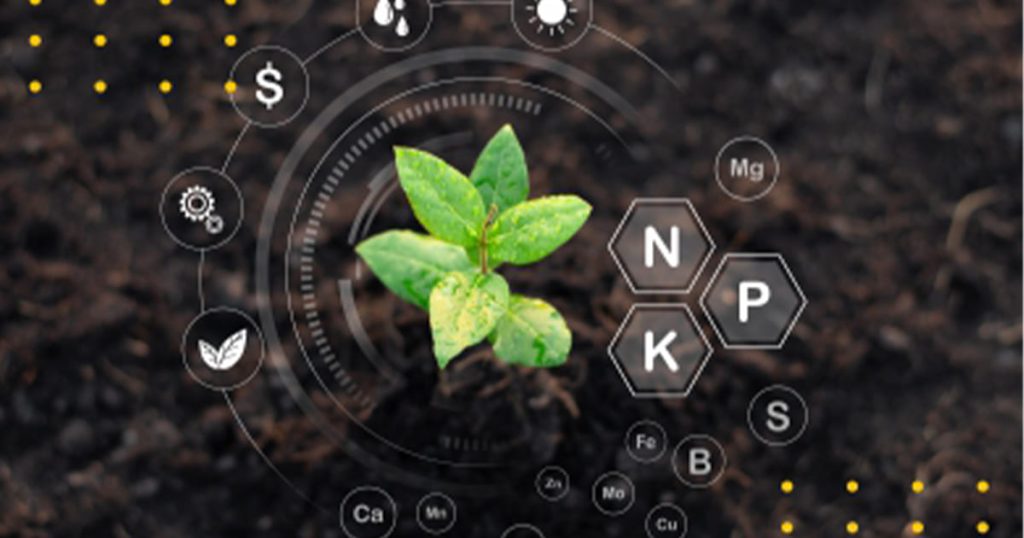
Supply Chain Management
The use of big data analytics in agriculture has also transformed the way supply chain management is handled. From the farm to the consumer’s plate, the entire supply chain can now be tracked and monitored using real-time data. This enables farmers to have better control over their produce, ensuring that it reaches the market at the right time and in the right condition.
With the help of big data analytics, farmers can also gather information about consumer preferences and market trends. This allows them to plan their production accordingly and cater to the demand, resulting in better profitability.
Climate Change Adaptation
Climate change is one of the most significant challenges facing the agricultural sector today. Erratic weather patterns, extreme temperatures, and natural disasters can significantly impact crop production. But with big data analytics, farmers can gather and analyze data about weather patterns, soil conditions, and other factors that affect their crops. This helps in adapting farming techniques to mitigate the effects of climate change and ensure a steady supply of food.
Moreover, big data analytics can also help in identifying ways to reduce the environmental impact of agriculture, such as reducing water usage, minimizing fertilizer runoff, and reducing carbon emissions.
Conclusion
Big data analytics has revolutionized farming techniques and has the potential to address many challenges faced by the agricultural sector. By using data-driven approaches, farmers can improve the efficiency and productivity of their farms, reduce costs, and mitigate the impact of environmental factors. It also enables them to make informed decisions about crop management and adapt to the changing needs of the market. As technology continues to advance, the role of big data analytics in agriculture is only going to become more significant, and it is undoubtedly a game-changer in the world of farming.
